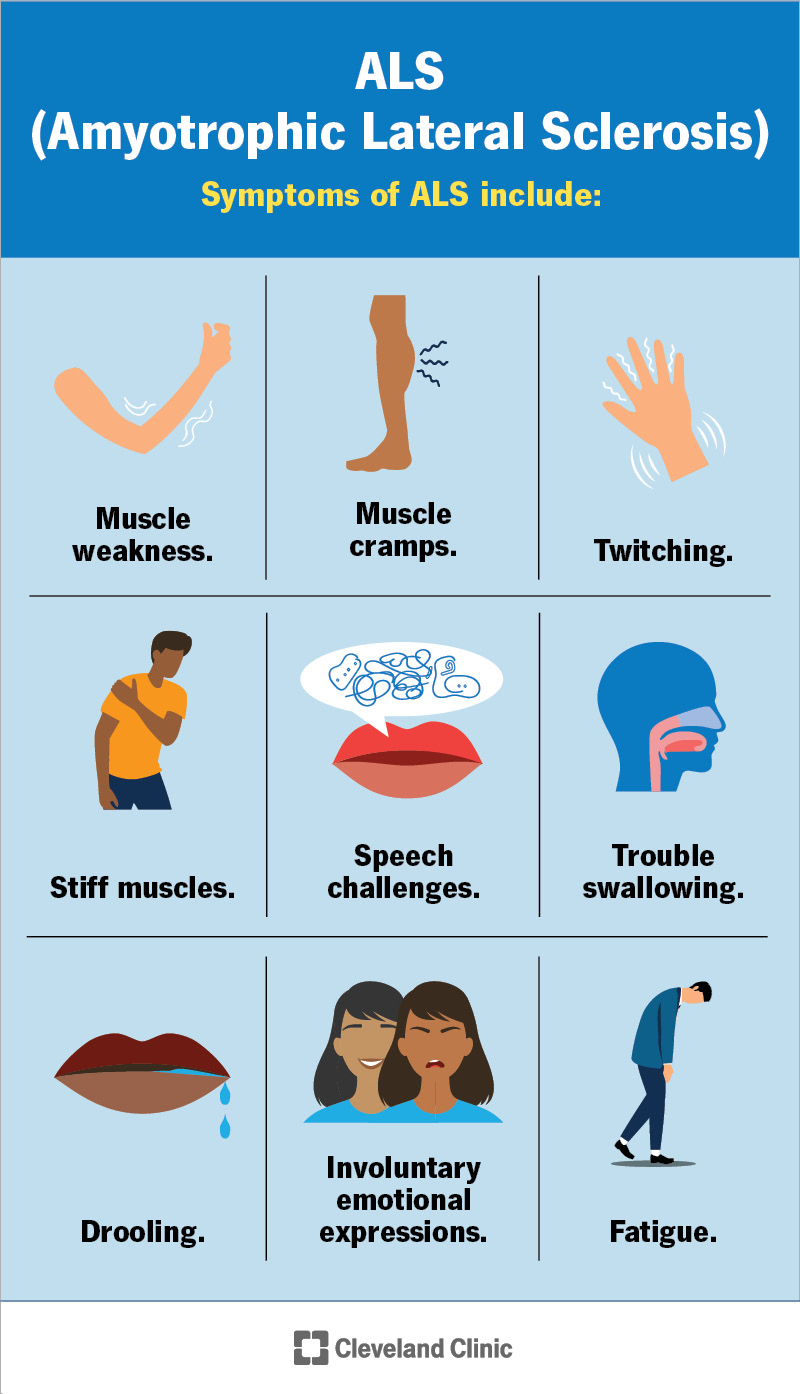ALS (amyotrophic lateral sclerosis), also known as Lou Gehrig’s disease, is a neurodegenerative condition that impacts the communication between nerve cells and muscles. This leads to muscle weakness, affecting movement, speech, and breathing over time. While there is no cure for ALS, treatments such as therapies and medications can help manage symptoms and slow disease progression.
Symptoms of ALS include muscle weakness, twitching, and atrophy, which can significantly impact daily activities. It is essential to seek medical attention if severe symptoms like difficulty breathing occur, as they can be life-threatening.
Diagnosis of ALS involves a series of tests to confirm the condition and rule out other similar disorders. Treatment options focus on symptom management and improving quality of life. Medications, therapy, nutrition planning, and breathing support are some of the strategies used in ALS care.
The prognosis for ALS varies from person to person, with an average life expectancy of three to five years after diagnosis. However, ongoing research and clinical trials offer hope for better understanding and future treatment advancements in ALS. Stay informed about the latest developments in ALS research and care.
Attribution:
This article was summarized and republished from the original source.
Please check the original article here: https://my.clevelandclinic.org/health/diseases/16729-amyotrophic-lateral-sclerosis-als.
